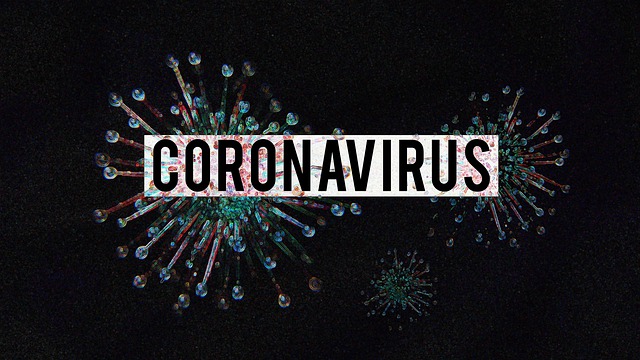
Contents
What is the Hantavirus?
The Hantavirus is a virus that is transmitted to humans through contact with rodents, such as voles, mice, and rats. It is found throughout the world and causes symptoms that can range from mild to severe and even fatal. Symptoms can include fever, headache, muscle aches, and stomach pain. Uncomplicated cases usually resolve over two weeks, but severe cases can cause respiratory distress.
What Health Care Providers Need to Know About Hantavirus
Health care providers should be aware that hantavirus has the potential to be a global health threat. It is important to be able to recognize the symptoms and seek medical attention if they are present. Diagnosis of hantavirus is typically done by testing a person’s blood for the virus. Treatment involves providing supportive care and oxygen.
Precautions for the Hantavirus More Generally
To avoid contracting the hantavirus, the best precaution is to avoid contact with rodents altogether. This includes not touching, feeding, or rescuing any rodent, as well as keeping any potential rodent homes, such as woodpiles, sheds, or barns, away from your home or business. Additionally, it is important to seal any holes or cracks in buildings and structures to prevent rodents from entering.
Bold Keywords
Hantavirus, health care, global health, symptoms, fever, headache, respiratory distress, precautions, rodents, woodpiles, barns, and holes.
